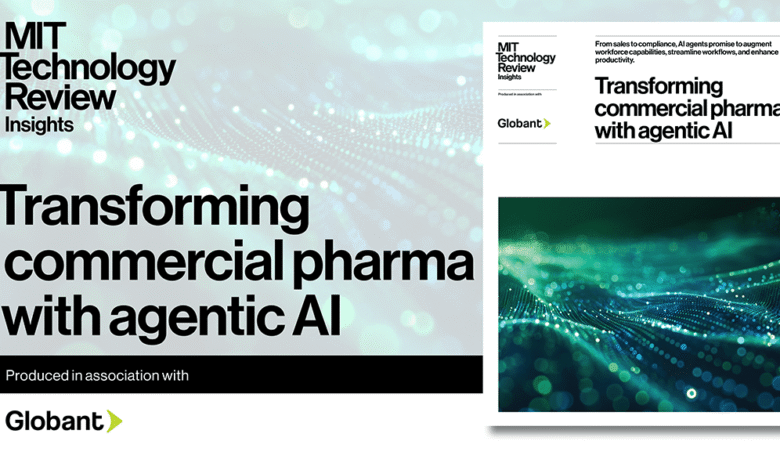Revolutionizing Pharma with Agentic AI

▼ Summary
– The pharmaceuticals industry faces margin pressure from rising raw material costs, supply chain disruptions, and government pressure to control drug prices.
– A “patent cliff” threatens about $300 billion in sales by 2030 as patents expire, allowing cheaper generic and biosimilar competitors to enter the market.
– The cost to launch new drugs is increasing by 8% annually, reaching an estimated $4 billion in 2022.
– Patients and healthcare providers are demanding more personalized services, leading to increased interest in precision drugs and targeted therapies.
– Precision drugs are effective but expensive and complex to produce, limiting their sales to a smaller customer base.
Navigating today’s pharmaceutical landscape requires innovative solutions as the industry confronts multiple challenges simultaneously. Escalating production expenses and persistent supply chain interruptions continue to pressure profit margins, while governments intensify their focus on making medications more affordable. Another significant concern involves the approaching “patent cliff,” where exclusive rights for numerous blockbuster drugs will soon expire. This transition could potentially erase hundreds of billions in revenue as generic alternatives enter the marketplace. Compounding these issues, the investment required to introduce new pharmaceutical products keeps climbing annually, with recent estimates placing the cost per launch at approximately four billion dollars.
The healthcare environment is simultaneously undergoing its own transformation, with both medical professionals and patients increasingly expecting more customized treatment approaches. This shift drives demand for specialized medications and precision therapies designed for specific patient populations. While these advanced treatments often deliver improved health outcomes, their sophisticated development and manufacturing processes contribute to higher price points. The complexity of personalized medicine naturally limits their commercial potential to smaller patient groups, creating both medical opportunities and economic challenges for pharmaceutical manufacturers.
(Source: Technology Review)





